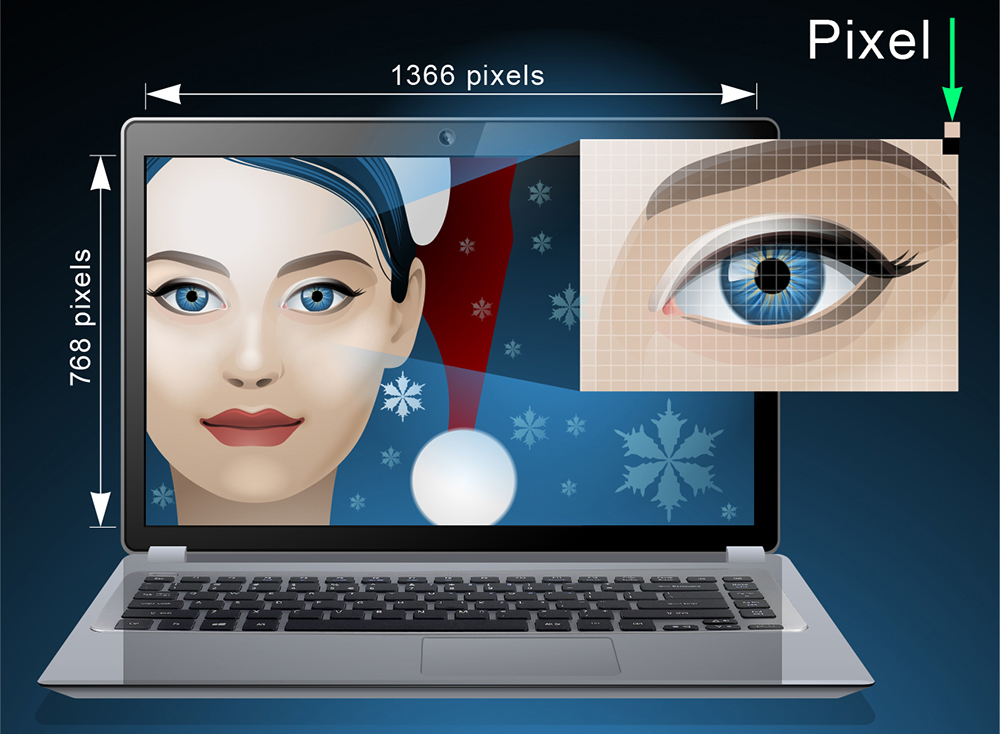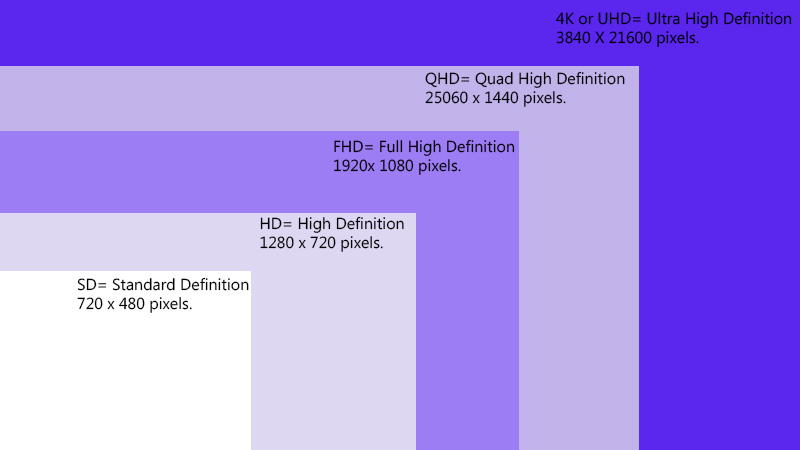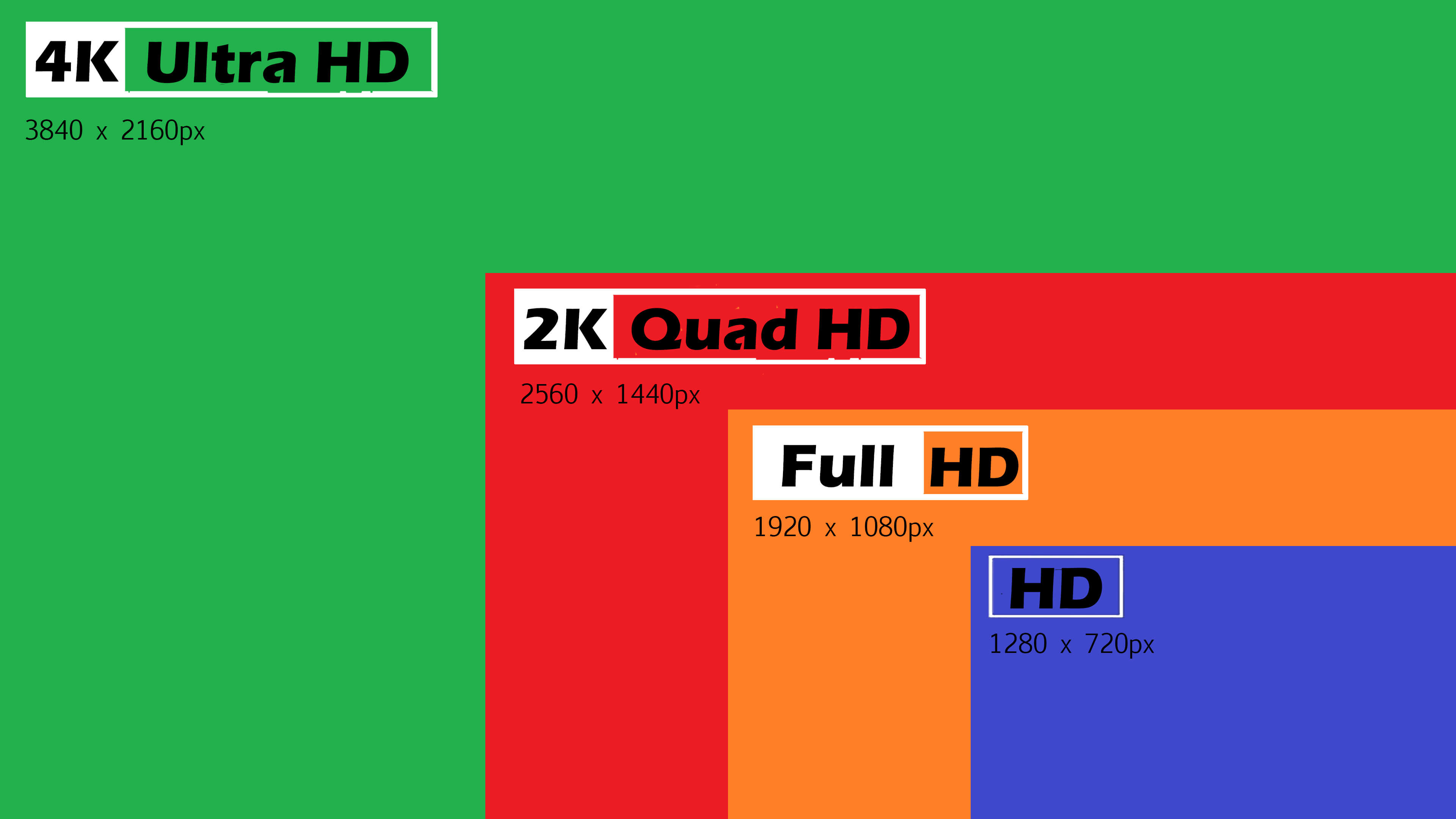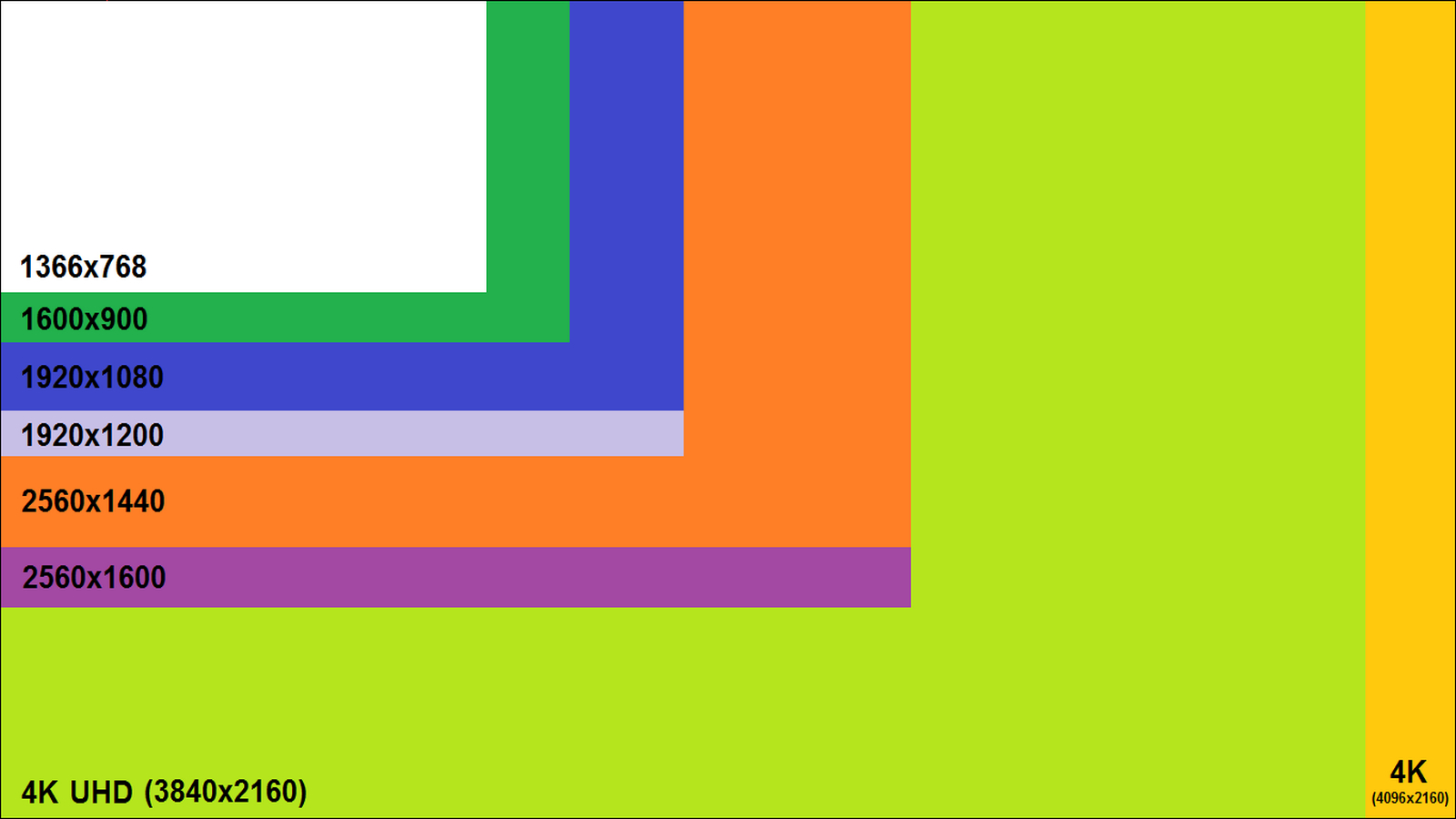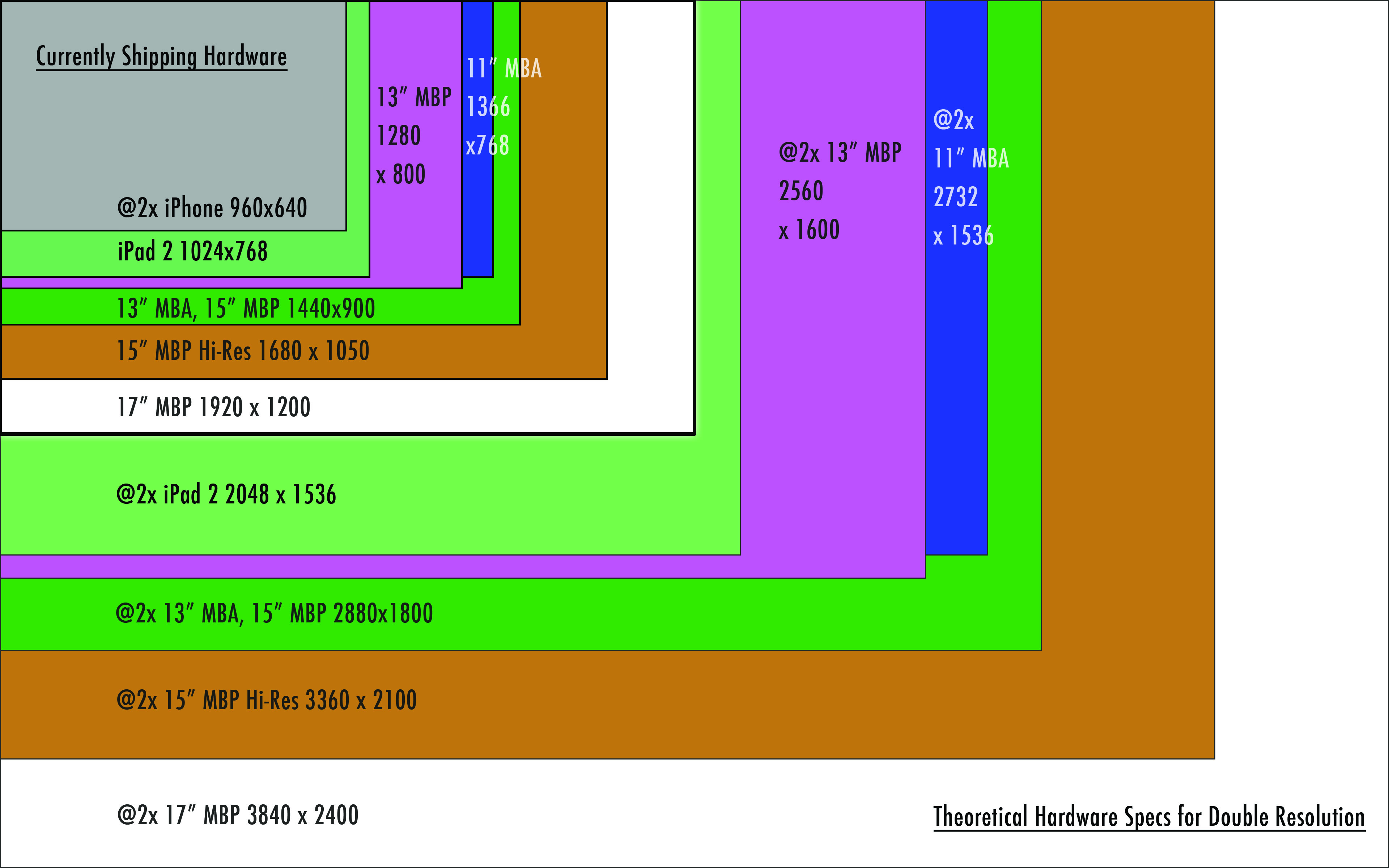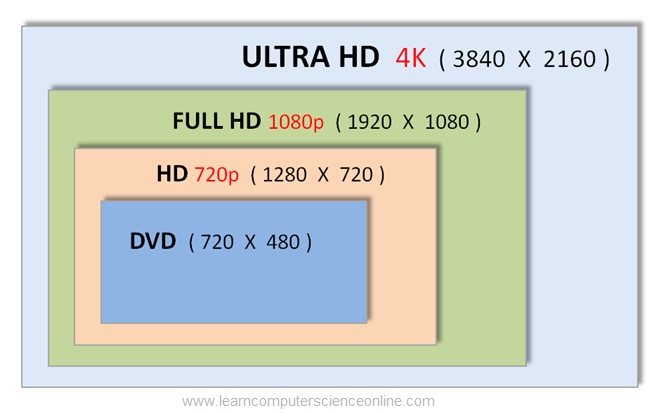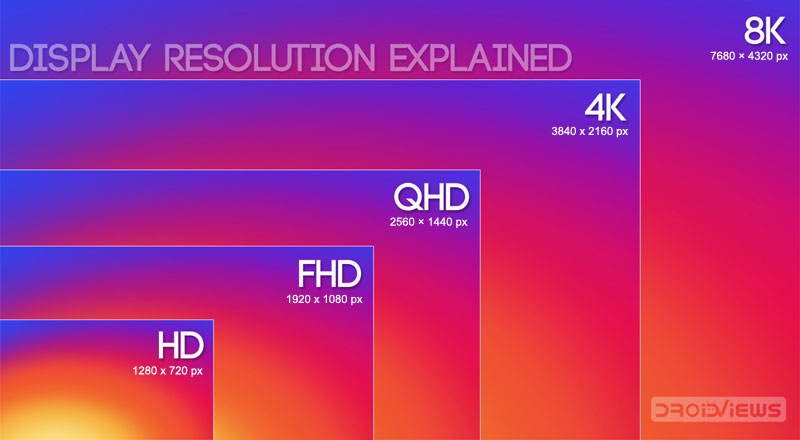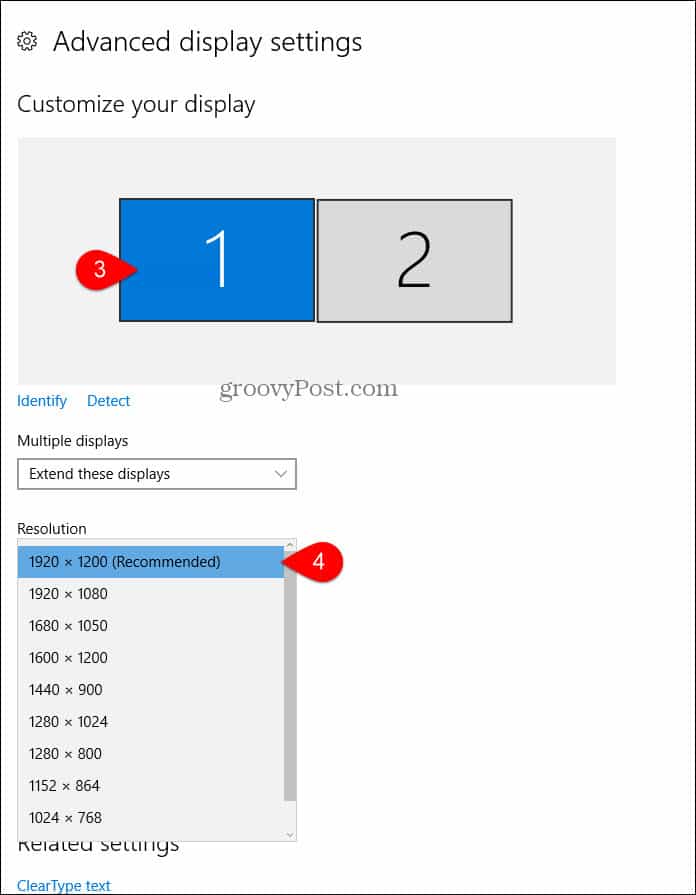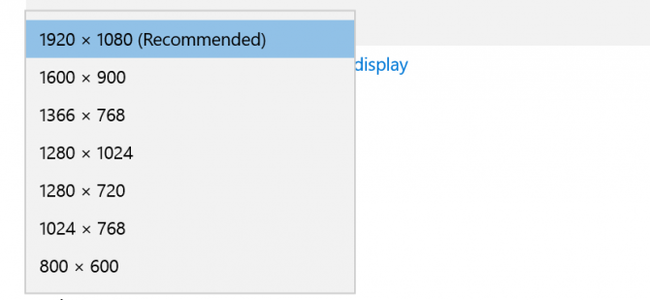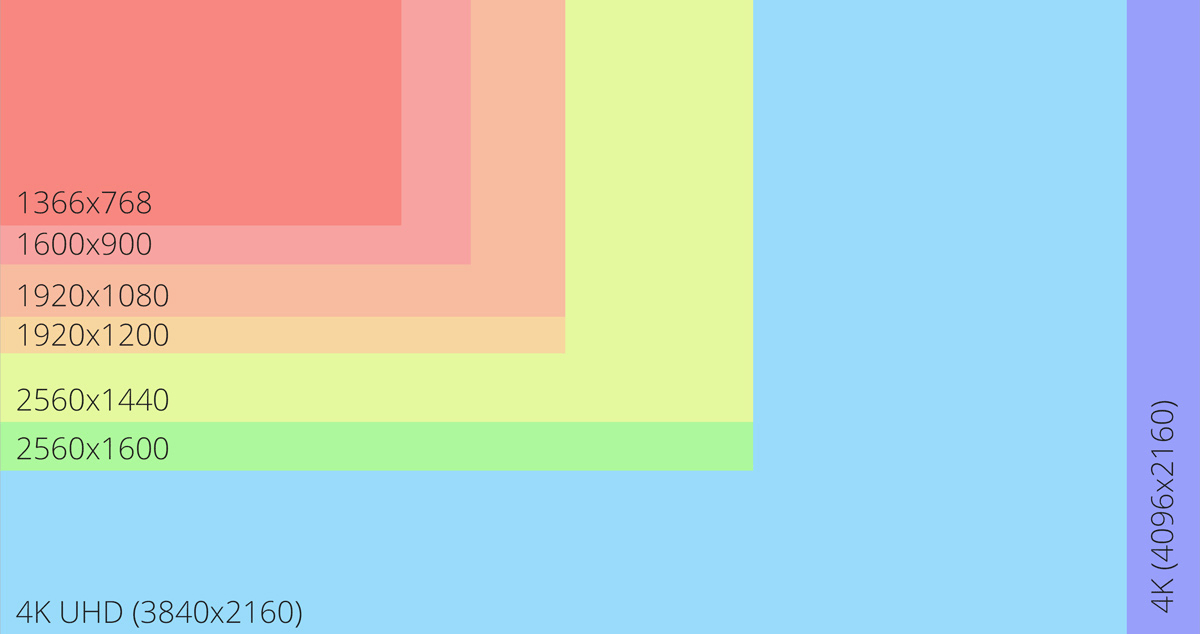Screen Resolution In Laptop
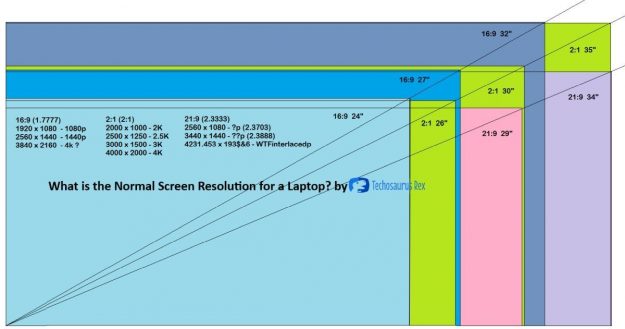
For value-conscious shoppers navigating the complex world of laptops, screen resolution is a pivotal, yet often overlooked, factor. It dramatically impacts everything from visual clarity and productivity to battery life. This guide will cut through the marketing jargon and provide you with the knowledge to choose the resolution that best suits your needs and budget.
Why Screen Resolution Matters in Laptops
Screen resolution refers to the number of individual pixels displayed on your laptop screen. More pixels translate to a sharper, more detailed image. Higher resolutions also allow you to fit more content on the screen simultaneously, boosting productivity.
However, increased resolution also demands more from your laptop's graphics processing unit (GPU). This can lead to reduced battery life and slower performance, especially in graphically intensive tasks. Therefore, balancing resolution with other factors is crucial.
Understanding Common Laptop Resolutions
Several resolutions are commonly found in laptops, each offering a different balance of clarity and performance. Let's examine some of the most prevalent options and their typical applications.
HD (1366x768)
HD, or High Definition, is the lowest resolution typically found in modern laptops. While it's the most affordable option, the limited pixel density can result in a less sharp and detailed image. HD screens are often found in budget laptops and are suitable for basic tasks like web browsing and word processing.
FHD (1920x1080)
FHD, or Full High Definition, is the most popular resolution for mainstream laptops. It offers a significant improvement in image quality compared to HD. FHD strikes a good balance between sharpness, performance, and battery life, making it suitable for a wide range of tasks.
QHD (2560x1440)
QHD, or Quad High Definition, offers a noticeable step up in sharpness compared to FHD. This resolution provides a more immersive viewing experience and allows for more screen real estate for multitasking. QHD displays are commonly found in premium laptops and are ideal for users who value image quality and productivity.
4K UHD (3840x2160)
4K UHD, or Ultra High Definition, delivers the highest level of detail and clarity currently available in laptops. The incredibly high pixel density results in stunningly sharp images and vibrant colors. 4K displays are typically found in high-end laptops targeted towards creative professionals and users who demand the best possible visual experience.
Shortlist of Laptops by Resolution & Budget
Here's a curated list of laptops catering to different budgets and resolution preferences.
- Budget-Friendly (HD): Lenovo IdeaPad 1 - Offers basic functionality at an affordable price.
- Mid-Range (FHD): Acer Aspire 5 - A well-rounded laptop with a good balance of performance and price.
- Premium (QHD): Dell XPS 13 - A sleek and powerful ultrabook with a stunning QHD display.
- High-End (4K UHD): Apple MacBook Pro 16" - A powerhouse laptop with a beautiful 4K Retina display, ideal for creative professionals.
Detailed Reviews
Acer Aspire 5 (FHD)
The Acer Aspire 5 offers excellent value for money. Its FHD display provides a crisp and clear image suitable for everyday tasks. The laptop's performance is adequate for browsing, streaming, and light productivity, making it a great all-rounder for students and casual users.
Dell XPS 13 (QHD)
The Dell XPS 13 is a premium ultrabook known for its sleek design and powerful performance. The QHD display is stunning, offering excellent sharpness and color accuracy. The XPS 13 is ideal for professionals and anyone who values a premium user experience.
Apple MacBook Pro 16" (4K UHD)
The Apple MacBook Pro 16" is a professional-grade laptop designed for demanding tasks. Its 4K Retina display is breathtaking, delivering exceptional detail and color fidelity. Combined with its powerful processor and dedicated graphics, the MacBook Pro 16" is a top choice for creative professionals like video editors and graphic designers.
Side-by-Side Specs and Performance
| Laptop Model | Resolution | Processor | RAM | GPU | Battery Life (Approx.) | Performance Score (Geekbench 5) |
|---|---|---|---|---|---|---|
| Lenovo IdeaPad 1 | HD (1366x768) | AMD Athlon Silver 3050U | 4GB | AMD Radeon Graphics | 6 hours | 1500 |
| Acer Aspire 5 | FHD (1920x1080) | Intel Core i5-1135G7 | 8GB | Intel Iris Xe Graphics | 8 hours | 4500 |
| Dell XPS 13 | QHD (2560x1440) | Intel Core i7-1185G7 | 16GB | Intel Iris Xe Graphics | 10 hours | 5500 |
| Apple MacBook Pro 16" | 4K UHD (3840x2160) | Apple M1 Pro | 16GB | Apple M1 Pro GPU | 12 hours | 7500 |
Note: Performance scores are indicative and can vary based on specific configurations and testing conditions. Battery life is also an estimate based on typical usage.
Practical Considerations
Beyond the specifications, several practical factors influence the optimal screen resolution choice. Screen size plays a role; a higher resolution is more noticeable on larger screens. Viewing distance also matters; if you sit far from the screen, the benefits of a higher resolution may be less apparent.
Consider your primary use case. If you primarily browse the web and write documents, FHD may suffice. If you work with graphics or video, a QHD or 4K display will provide a more detailed and accurate viewing experience. Always factor in your budget.
Don't underestimate the impact on battery life. Higher resolution screens consume more power. If portability is a major concern, you might want to consider a lower resolution to maximize battery runtime.
Summary
Choosing the right screen resolution for your laptop involves balancing visual clarity, performance, and battery life with your budget and usage needs. HD is suitable for basic tasks and budget constraints. FHD provides a good balance for everyday use.
QHD offers a sharper image and more screen real estate for productivity. 4K UHD delivers the ultimate visual experience for demanding users. Remember to consider screen size, viewing distance, and battery life when making your decision.
Call to Action
Equipped with this knowledge, you can now confidently choose a laptop with the screen resolution that best suits your needs and budget. Visit your local electronics store or browse online retailers to explore the options available. Read user reviews and compare specifications to make an informed decision that will enhance your computing experience.
Frequently Asked Questions (FAQ)
Q: Does a higher resolution always mean a better viewing experience? A: Not necessarily. While higher resolutions offer more detail, other factors like screen size, panel quality (IPS vs. TN), and color accuracy also significantly impact the viewing experience.
Q: Will a 4K screen drain my laptop battery faster? A: Yes, 4K screens consume considerably more power than lower-resolution displays, leading to shorter battery life.
Q: Is FHD resolution good enough for gaming? A: FHD is a perfectly acceptable resolution for gaming, especially on laptops with smaller screens. However, if you have a powerful graphics card and a larger display, QHD or 4K can provide a more immersive gaming experience.
Q: How do I change the screen resolution on my laptop? A: You can change the screen resolution in your operating system's display settings. In Windows, go to Settings > System > Display. In macOS, go to System Preferences > Displays.
Q: What is pixel density (PPI) and why does it matter? A: Pixel density (PPI) refers to the number of pixels per inch on a display. A higher PPI results in a sharper and more detailed image. Consider PPI when comparing screens of similar resolutions but different sizes.
